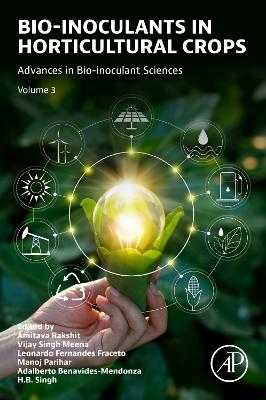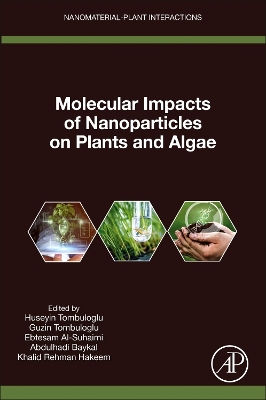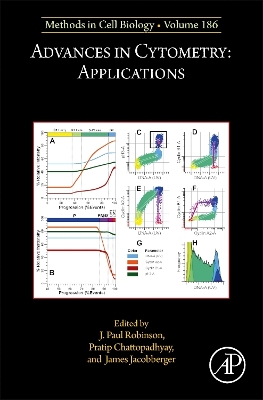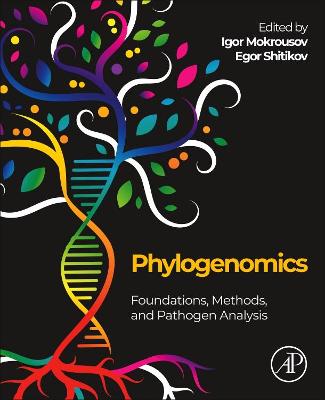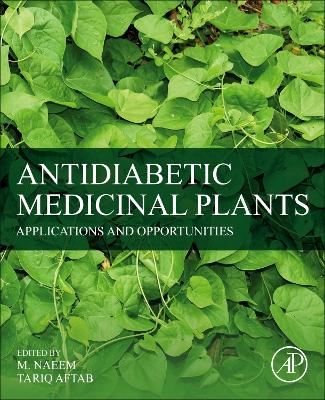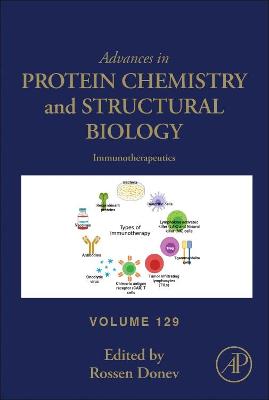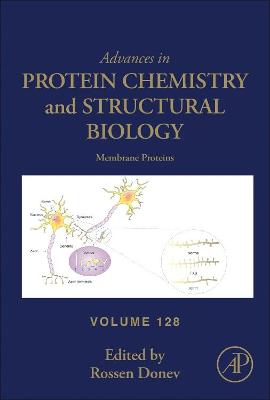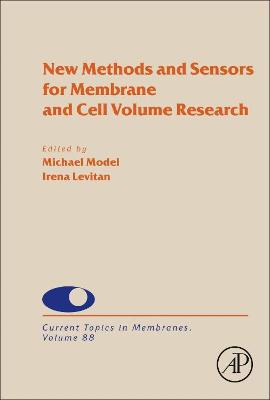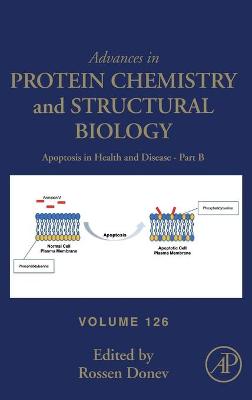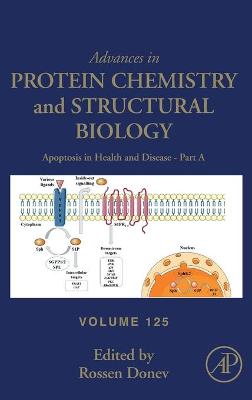Chemical Dialogue Between Plants and Beneficial Microorganisms
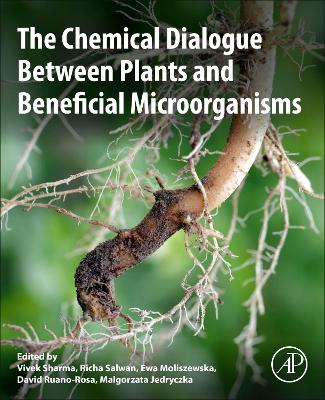 -10%
portes grátis
-10%
portes grátis
Chemical Dialogue Between Plants and Beneficial Microorganisms
Jedryczka, Malgorzata; Salwan, Richa; Sharma, Vivek; Ruano-Rosa, David; Moliszewska, Ewa
Elsevier Science & Technology
07/2023
334
Mole
Inglês
9780323917346
15 a 20 dias
2. Microbial volatiles-mediated plant growth promotion
3. Microbial plant growth regulators and their role in plant health
4. Language of host plant- Frankia interactions
5. Plant beneficial microorganisms in drought/salinity stress
6. Biological repertoire of arbuscular mycorrhizal association
7. The molecular architecture of Rhizobium-plant symbiosis during nitrogen-fixation
8. Cellular and molecular biology of Rhizobium-plant interaction
9. Transcriptional reprogramming of host plant by the biocontrol agents during biotic stress
10. Transcriptional plasticity during host colonization by endophytes
11. Nitrogen-fixing in nonlegume plants and genomics of nitrogen fixing rhizobium symbioses
12. Common genetic switches of plant symbiotic association with mycorrhiza, rhizobia, and Frankia
13. Role of root-associated fungal microbiota and its contribution to plant phosphorus nutrition
14. Elicitors of plant beneficial microbes and their role in plant innate immunity
15. Microbial secondary metabolites in plant health
16. Rhizoctonia spp. as beneficial and mycorrhizal fungi
17. Role of oxylipins and strerols in inducing Trichoderma in inducing systemic responses
18. Metabolic and genomic traits of PGPR in salinity stress
19. Microbial volatiles in plant promote growth
20. Role of PGPR in induced metabolic and molecular reprogramming during stress
21. Role of halotolerant rhizobacteria in growth promotion and triggering induced systemic resistance in plants
22. Biology of vegetative cells and N2-fixing vesicles of Frankia sp.
23. Bacterial cyclodipeptides in triggers plant immunity
24. Adaptations of Rhizobium from rhizosphere to symbiosis
25. Role nodABC genes and exopolysaccharide of Rhizobium and their role in host determination
26. Role of microbial histone deacetylase modulates multiple responses
2. Microbial volatiles-mediated plant growth promotion
3. Microbial plant growth regulators and their role in plant health
4. Language of host plant- Frankia interactions
5. Plant beneficial microorganisms in drought/salinity stress
6. Biological repertoire of arbuscular mycorrhizal association
7. The molecular architecture of Rhizobium-plant symbiosis during nitrogen-fixation
8. Cellular and molecular biology of Rhizobium-plant interaction
9. Transcriptional reprogramming of host plant by the biocontrol agents during biotic stress
10. Transcriptional plasticity during host colonization by endophytes
11. Nitrogen-fixing in nonlegume plants and genomics of nitrogen fixing rhizobium symbioses
12. Common genetic switches of plant symbiotic association with mycorrhiza, rhizobia, and Frankia
13. Role of root-associated fungal microbiota and its contribution to plant phosphorus nutrition
14. Elicitors of plant beneficial microbes and their role in plant innate immunity
15. Microbial secondary metabolites in plant health
16. Rhizoctonia spp. as beneficial and mycorrhizal fungi
17. Role of oxylipins and strerols in inducing Trichoderma in inducing systemic responses
18. Metabolic and genomic traits of PGPR in salinity stress
19. Microbial volatiles in plant promote growth
20. Role of PGPR in induced metabolic and molecular reprogramming during stress
21. Role of halotolerant rhizobacteria in growth promotion and triggering induced systemic resistance in plants
22. Biology of vegetative cells and N2-fixing vesicles of Frankia sp.
23. Bacterial cyclodipeptides in triggers plant immunity
24. Adaptations of Rhizobium from rhizosphere to symbiosis
25. Role nodABC genes and exopolysaccharide of Rhizobium and their role in host determination
26. Role of microbial histone deacetylase modulates multiple responses

